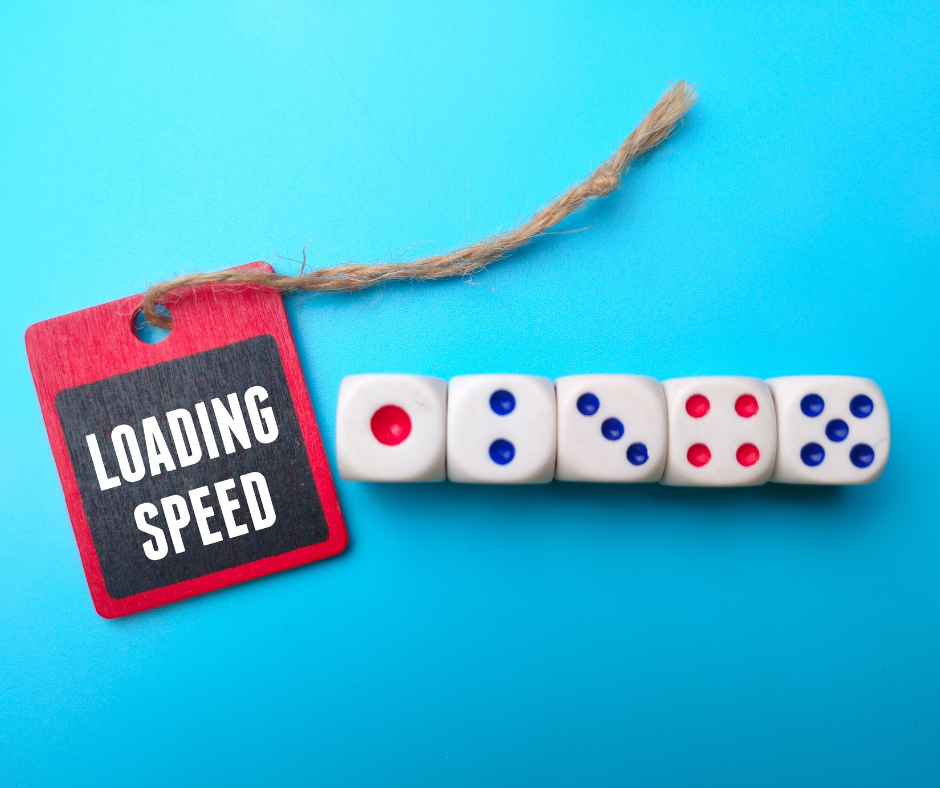
How to Boost your Website’s Loading Speed
This article emphasises the critical importance of page loading speed in today’s fast-paced digital world, particularly for businesses seeking to remain competitive online. Page speed, which can be measured by both the time it takes to fully display content (Page Load Time) and the time it takes for a browser to receive the first byte of data (Time to First Byte), plays a significant role in user experience. Google and other search engines consider page speed when ranking websites, making it a crucial factor in SEO.
To improve page loading speed, businesses should first measure their current performance using tools like Google Page Speed Insights, Web Page Test, GT Metrix, or Pingdom. These tools not only provide loading times but also offer recommendations to address speed issues. Common factors affecting page speed include page size, the number of requests generated, caching solutions, and the type of content (dynamic or static).
Here are ten practical steps to boost page loading speed:
- Choose Quality Web Hosting: Invest in reliable cloud servers rather than budget-friendly shared hosting to avoid slowdowns during peak traffic and reduce the impact of sharing server space with other websites.
- Use a Lightweight Framework or Theme: Opt for minimalistic web designs that balance dynamic elements with speed. Avoid heavy themes or unnecessary plugins that can slow down your site.
- Optimise Images: Reduce the file size of images without compromising quality. Consider using modern image formats like JPEG 2000, JPEG XR, or WebP for better compression and performance.
- Minimise JavaScript (JS) and CSS Files: Reduce the size of JS and CSS files by deleting unnecessary calls or minimising them. This can significantly enhance loading speed.
- Regularly Cache Your Website: Utilise caching plugins and tools to automate and streamline the caching process, which helps reduce load times.
- Implement a Content Delivery Network (CDN): Use a CDN to distribute your website’s data across various servers globally, ensuring faster delivery to users regardless of their location.
- Enable GZIP Compression: Compress your website’s data to save space and reduce bandwidth usage, speeding up page access times.
- Declutter Your Database: Regularly clean up spam comments, fake users, unnecessary plugins, unpublished drafts, and other digital clutter to keep your website running smoothly.
- Reduce External Scripts: Minimise the use of external scripts, such as those for tracking tools and comment systems, to prevent them from slowing down your site.
- Disable Pingbacks and Trackbacks: These features, while useful for monitoring backlinks, can slow down your website. Disabling them can help improve page speed.
Improving page speed is not just about enhancing user experience; it also impacts how much time visitors spend on your site, your conversion rates, and your search engine rankings. By focusing on optimising page loading speed, businesses can significantly improve their online performance and long-term success.

